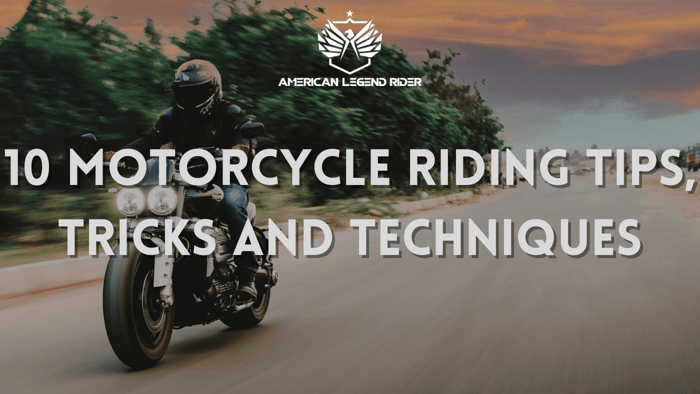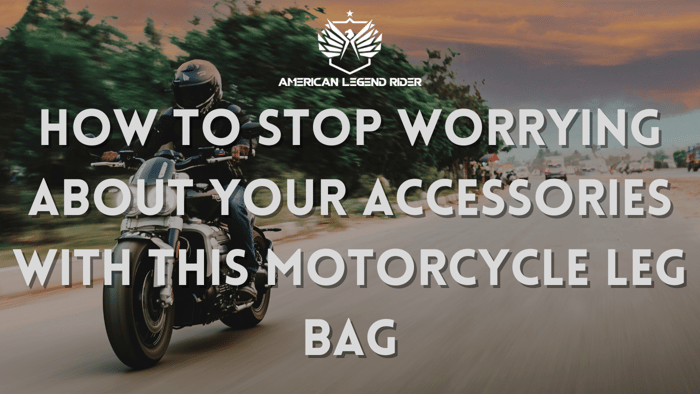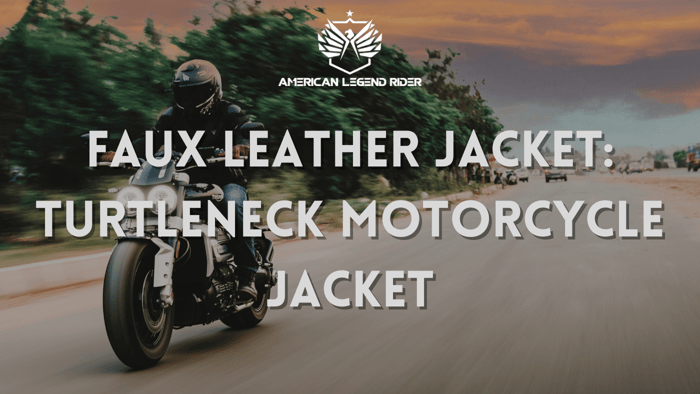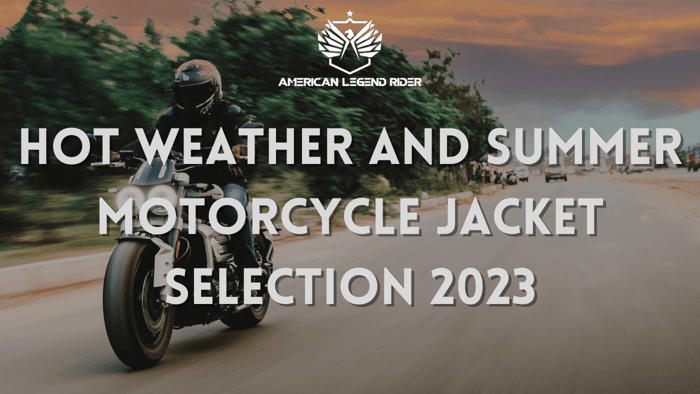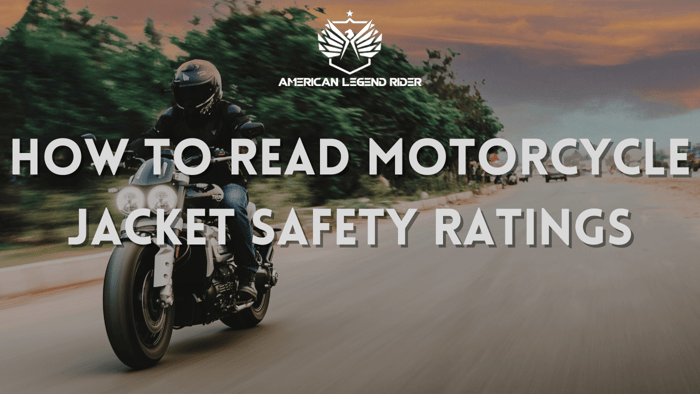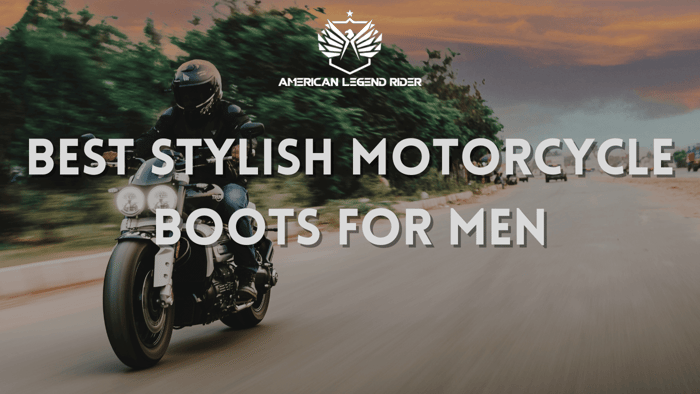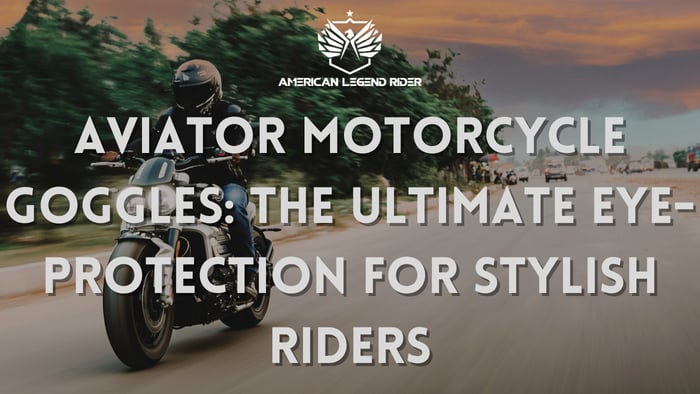Riding a motorcycle is an incredibly thrilling activity. The unparalleled sensation of confidently maneuvering through sharp turns or cruising along a dirt road is truly unmatched. While motorcycle riding is full of excitement, it's crucial to always abide by the rules. This entails adhering to the three T's of motorcycling. These three T's encompass valuable tips, tricks, and techniques that enhance your overall experience as a motorcycle rider. Here are ten essential tips, tricks, and techniques to help you ride with increased safety and skill.
● Hold The Clutch With Two Fingers: A lot of riders, both seasoned ones and rookies use four fingers when operating their motorcycle clutch lever. What they do not realize is that two fingers are enough to modulate the clutch lever effectively.
Modulating with four fingers has its uses, which include making a stop as well as operating a heavy clutch pull. However, on a general note using two fingers is the easier and more comfortable option.
Thankfully, most modern bikes come with a light clutch pull, so you will not have much of a problem modulating with two fingers. If you are a rider used to utilizing four fingers for every shift, it will take some time.
It is, therefore, best that you ease into the two fingers technique slowly. This will help you master the technique while ensuring your safety.
● Practice Turning In Circles: Although it is cool to look at, turning is one of the most difficult tasks for riders to carry out, particularly turning right. This is why it is important to practice turning left and right in circles.
One thing that a lot of riders fail to notice is that turning on the left is easier for most people than turning on the right. This is due to two major reasons, with the first one being the location of the rear brake lever.
The rear brake lever of most motorcycles is on the right, making it hard to put a foot down and turn when operating on the right. The second reason for the difficulty encountered when turning left, is the fact that most people are right-handed.
This, therefore, makes it easier for them to make use of their stronger arm when turning in the opposite direction. It is important to know how to turn properly in both directions, which is why you should take time out to practice. A deserted road or empty parking lot is the best location for you.
● Practice Hard Braking: No one might tell you this, but practicing hard braking could save you from a tricky situation sometime in the future. By practicing, you will know just how much force to exert in such situations, as well as the kind of reaction to expect from your motorcycle.
Stopping abruptly at high speed will affect the balance of your bike, and possibly throw you off. Practicing hard braking will help you to understand the workings of your motorcycle, and the amount of pressure needed to get it to stop quickly and safely.
● Always Ride In Good Company: This goes without saying. No matter how experienced you are, you should only ride together with people that you can trust with your safety. Riding with someone whose capabilities you are not sure of, will leave you at the risk of getting hurt.
This is because you are not aware of the person’s riding style or riding skills, and as such can not be sure of your safety with them. Going in the company of someone who rides recklessly will increase the chances of an accident.
It is, therefore, best to have a pre-ride meeting before riding out with anyone. This way, you can decide on the escape route to take as well as the peculiarities of the trip. Some people are comfortable racing while riding in the company, while others are not. Determine what kind of partner(s) that you are riding with, to know what to expect.
● Avoid Revving The Engine Unnecessarily: As for motorcycle riders, one of the most exciting things is to do is revving your engine.
Most riders rev their engine at every given opportunity; while waiting at a red light while turning at an intersection and even while riding on the highway. The sound of a revving engine is cool, but doing it unnecessarily affects the motorcycle engine in the long run.
This is something that most motorcycle riders do not know, which is why they are usually surprised when their engine gets damaged within a short while. If you want to prolong the lifespan of your engine and enjoy your motorcycle for a long time, keep the engine revving at the barest minimum.
● Utilize Your Odometer: Save for a few, the majority of the motorcycles on the market do not come with a fuel gauge. This can leave you stranded in the middle of nowhere, as you are unable to determine how much fuel you have used.
The best way to work around this is by using your odometer. To utilize your odometer as a means of calculating fuel levels, you should reset the odometer before starting a trip.
By doing this, you can determine how many miles that you traveled before needing to refuel. This will help you to make correct refueling decisions in the future.
● Stay Away From Puddles And Shiny-Smooth Surfaces: This tip is very important for riders that enjoy riding in the rain. Puddles are one of your biggest enemies while riding in the rain. The little pond of water that you see in front of you, might be foot-deep.
Avoid running into these little devils if you can. If you see a puddle too late and cannot avoid it, do not use your brakes. Simply keep your bike upright, while holding the throttle steady. Another thing to avoid while riding in the rain is shiny-smooth surfaces.
These surfaces are characterized as being slippery on dry days, and on rainy days, they are extra slippery. Such surfaces include metal plates, painted lines, manhole covers and tar snakes.
Avoid these surfaces totally while riding in the rain. If you find yourself on them unexpectedly, do not alter your motion by accelerating or braking. Simply keep your motorcycle moving till you get off the surface.
● Know The Forecast every day: The weather is a big determinant of how safe the road is for driving. During snow and rain, the road is wet increasing the risks of falling and crashing. Such wet conditions also affect the visibility of a rider.
Always make sure to check the forecast before heading out. This will give you a clear idea of what to expect on the road. It also enables you to prepare beforehand, wearing the right motorcycle gear and all.
● Get Familiar With Your Motorcycle: As a rider, your motorcycle is your best friend every time that you gear up to ride. It is very important to know your bike, to ensure your safety at all times. Take time to study its fuel levels, to know how much fuel is required per hour of riding.
Also, be sure to check the motorcycle every morning before heading out. Check the clutch, pressure levels of the tires as well as fuel levels. Take time to practice to know the capability of your motorcycle. Practice riding in wet conditions, by pouring water on the trail of a free parking lot.
This will help you know the best trips for riding your motorcycle in the rain. You should also practice hard braking, to prepare for unforeseen circumstances. You should also take time out to practice your turning.
● Relax And Ride With Confidence: Riding with confidence will help you swiftly bridge the gap between being a rookie and a seasoned rider.
When you ride with confidence, you eliminate the panic and fear that might see you make silly mistakes. The trick is to avoid being overconfident. Keep your eyes on the road and you will be sure to have a smooth ride.
Motorcycling is a global culture, a sport, and a way of life for many people around the world. For most of the seasoned motorcycle riders in the world, the above tips have done the trick helping them enjoy the best of this amazing activity.
They are tips, tricks and techniques that you want to follow if you plan to have a lengthy motorcycle riding career.
